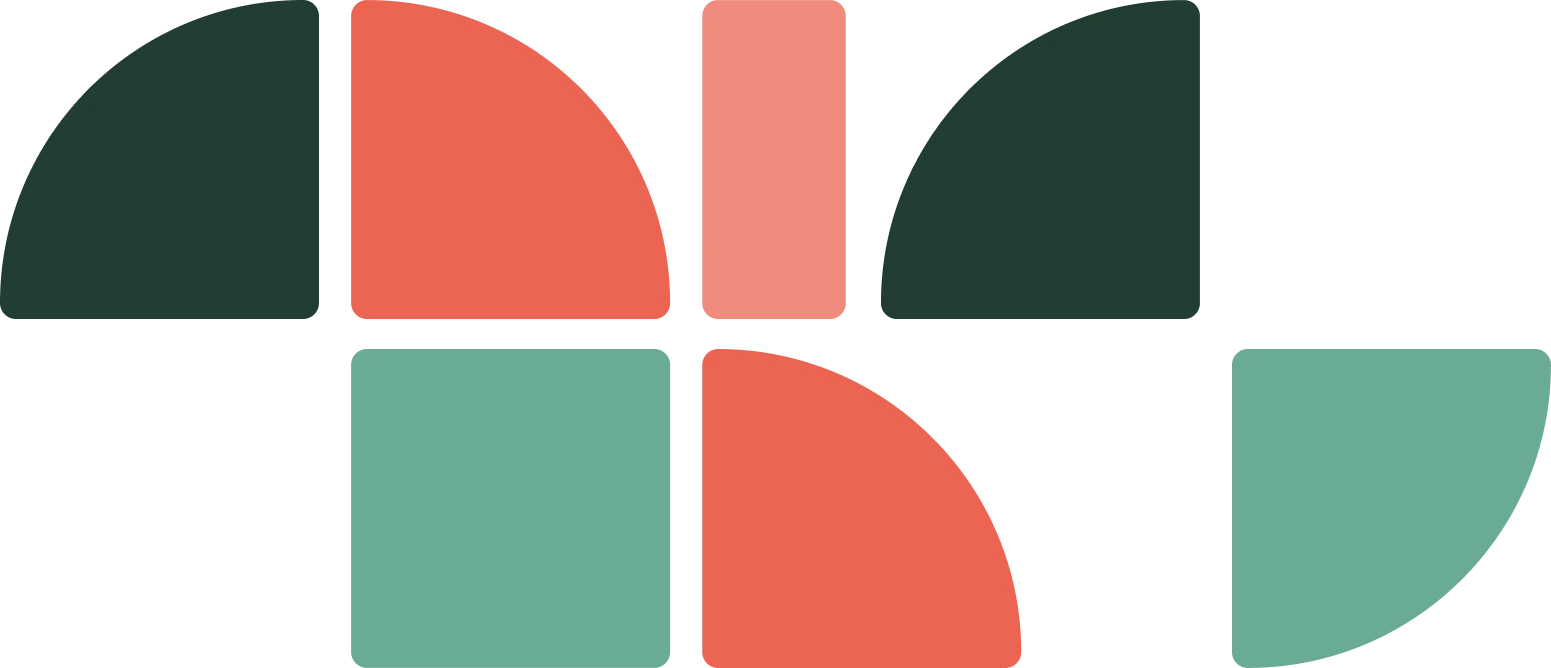Post by Jaime Salm, Creative Director MIO Culture
Trade shows are great places for introspection and insight. We just returned from Neocon in Chicago and it has given us some perspective that we would like to share. The big takeaway from this post-pandemic show is a new framework for design.
Decade after decade designers have re-imagined how and where we work, live and play. As the pandemic continues to unfold and accelerate change exponentially, we find ourselves in a unique inflection point. Living and work environments have reached a new symbiosis that requires profound re-evaluation of what functions are desirable in both. Flexibility in work schedules and environments means that the incremental models of the past can be leap frogged by innovative and adaptable organizations and families. It is in this new living laboratory that architects and designers find themselves formulating a new future.
A Future of Places
As we see it, the desire is for a future of places not spaces. “Good enough” is no longer a viable or welcoming scenario for these environments. At home we are spending more time and demanding more from its amenities. At work, we are going only for functions that require it and our expectations are higher. In this future we expect to see well thought out smaller footprints, with more resources devoted to them. A renewed focus on quality at all levels, from durability to acoustics and sustainability.
[products ids="sled-room-divider, shift-walls-room-dividers"]
Adaptable and Flexible
Although many work and living environments will still have recognizable features, (kitchens, common eating areas, living rooms, lobbies, etc.) the multi-use and flexible spaces will get a lot more attention. Making spaces adaptable and future proof will take on new importance as we shift and prioritize certain types of activities. Designing for flexibility in our spaces and furnishings will ultimately create more fun, balanced, and creative places.
New Models
There will no longer be a single model to emulate or a standard way of operating when it comes to architecture and interiors. It used to be that we looked up to certain organizations and their spaces as models, but ultimately each company or family will find a format that works for them. Even though it is true that these models were never standards for many, the paradigms have shifted, and everything can be questioned, challenged, and redesigned. Economic and social upheaval creates an opening for new models to emerge. In our view distributed work models will be so diverse and guided by company culture, that architecture must now be even more tailored.
People First
Finally, and most importantly, the needs of people are being prioritized. This will be an ongoing battle, but our focus on people is here to stay. For example, sustainability is no longer about saving the planet, but about rescuing ourselves from past terrible decisions and their climate impacts. The mission for designers is clearer than ever as business is finally requiring alignment with our values.





